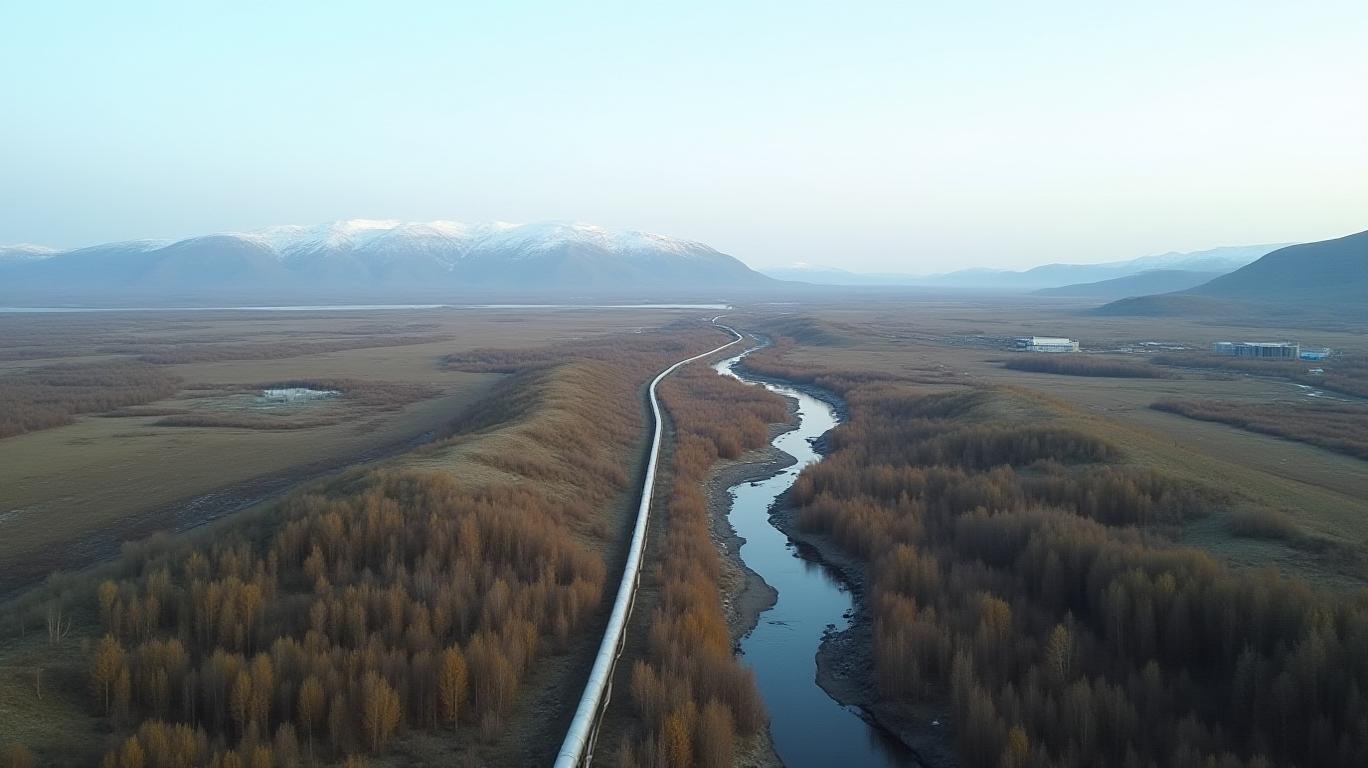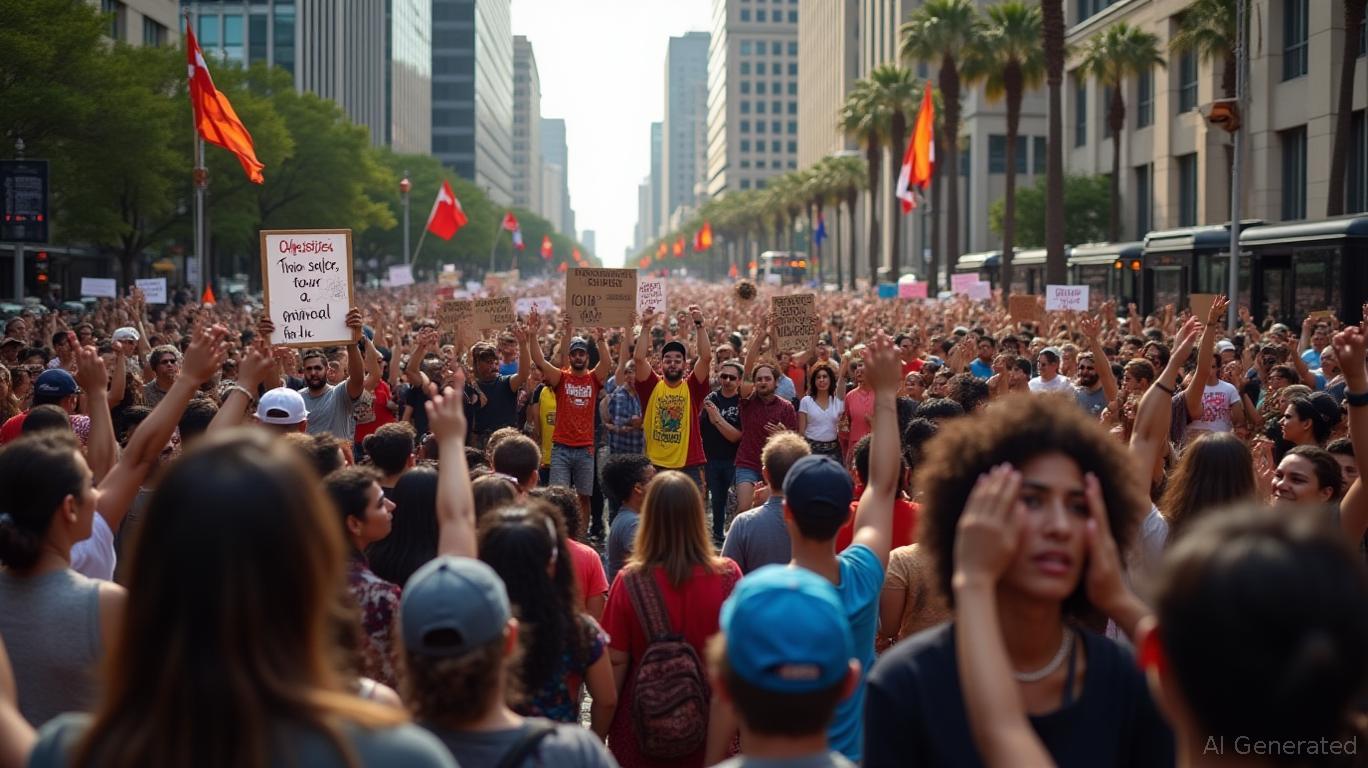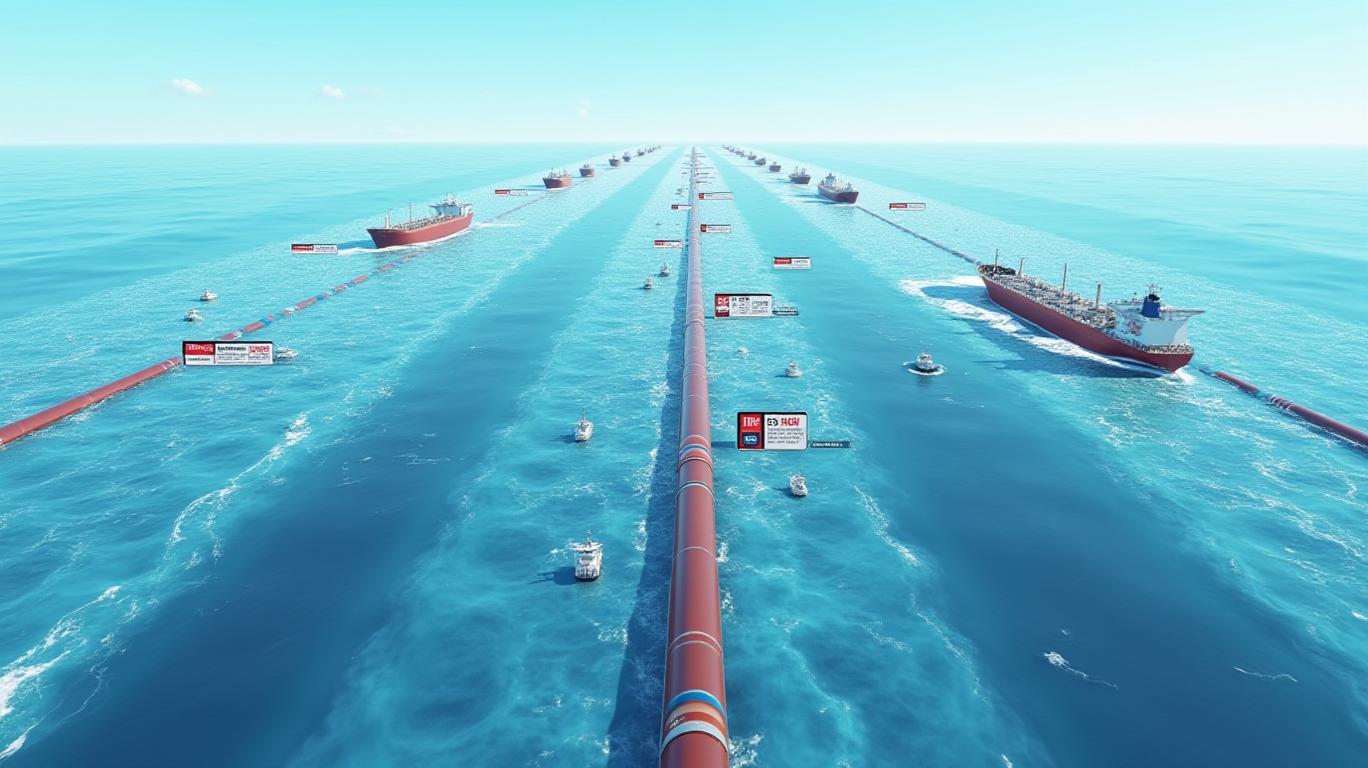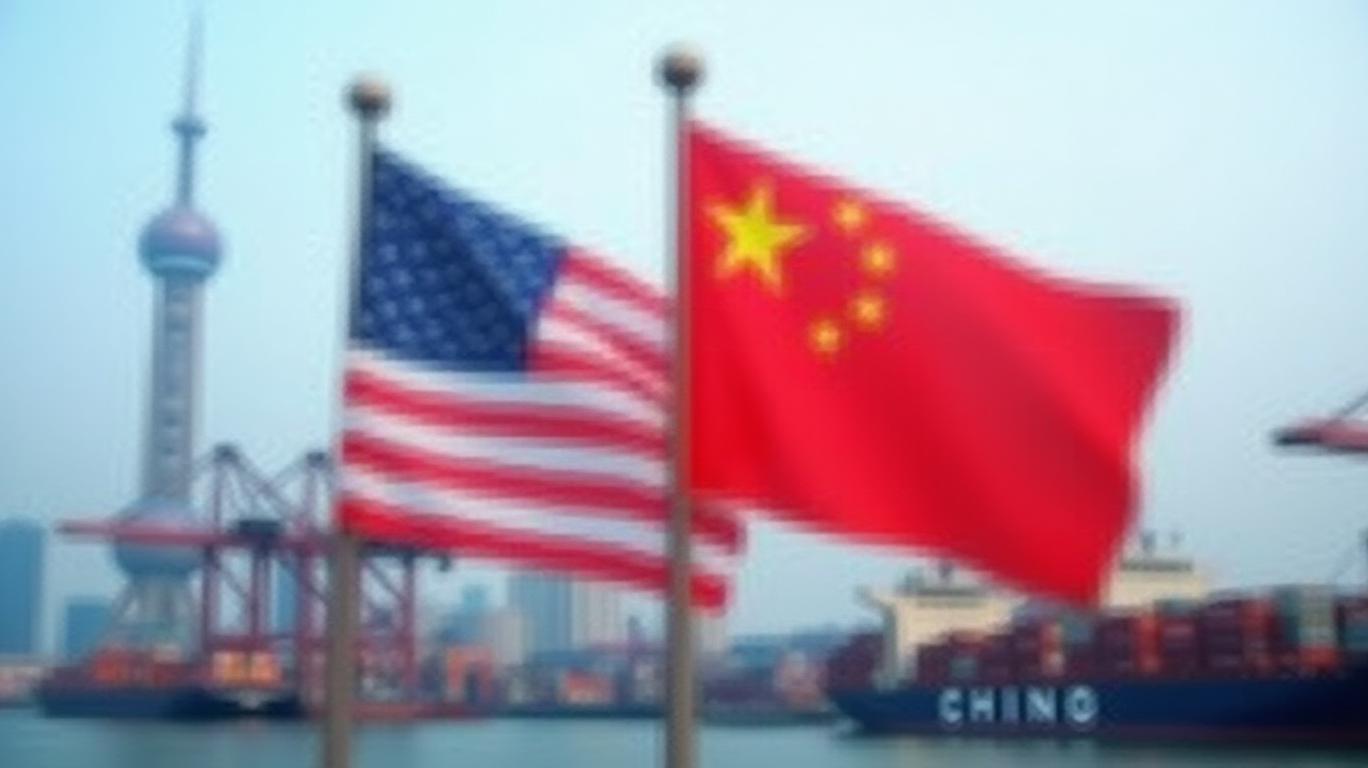The Gas Pipeline Gambit: How Xi's Visit Could Shake Up Energy Markets
Chinese President Xi Jinping’s May 2025 visit to Moscow marked more than a symbolic gesture of solidarity—it was a strategic chess move in a global energy and economic game. As the world’s second-largest economy and Russia’s largest trading partner, China is leveraging its influence to deepen ties with a sanctioned Russia, creating opportunities—and risks—for investors. Let’s break down what’s at stake.
Ask Aime: What's the impact of Chinese President Xi Jinping's visit to Moscow on global energy and economic ties?

The Power of Siberia 2 Pipeline: The Deal That Could Change Everything
At the heart of the summit was the Power of Siberia 2 gas pipeline, a project that could transport 50 billion cubic meters (bcm) of Russian gas to China annually. While no final agreement was signed, the talks narrowed gaps on pricing—a critical hurdle. Russia wants prices closer to pre-war European levels (~$260–$350/1,000 cubic meters), while China insists on a steep discount (~$60/1,000 cubic meters), reflecting its leverage as Russia’s top buyer.
Ask Aime: How will China's Power of Siberia 2 pipeline impact the global energy market?
Gazprom’s shares have stagnated amid sanctions and lost European markets, but a PoS-2 breakthrough could spark a rally. However, without a deal, Gazprom’s projected $179 billion budget shortfall by 2034 looms large.
Trade Ties: A $245 Billion Bond With Strings Attached
China-Russia trade hit a record $245 billion in 2024, but the relationship is uneven. Russia relies on China for energy sales, while China buys discounted Russian oil and gas, but only ranks Russia as its fifth-largest trade partner. The summit highlighted plans for more bilateral agreements, but the real prize is energy security for both:
- Russia’s Need: Europe’s gas phaseout by 2027 has slashed exports to 32 bcm in 2024 (from 155 bcm pre-war).
- China’s Play: Beijing seeks to reduce reliance on maritime LNG imports (e.g., vulnerable Malacca Strait routes) while fueling its industrial growth.
CNPC, a key PoS-2 partner, could benefit if the pipeline moves forward, but its stock remains under pressure from China’s shift toward renewables and domestic gas production (now 58% of consumption).
The Wildcards: Geopolitics and Alternatives
Investors must watch two critical factors:
1. Pricing Disputes: Without a compromise, the pipeline’s $8–15 billion cost becomes a non-starter.
2. Alternatives: China’s push for renewables (now 40% of energy use) and projects like the China-Central Asia gas pipeline (Line D) could make PoS-2 redundant.
Meanwhile, geopolitical risks persist. The EU’s sanctions and U.S. tariffs on Chinese goods have pushed Beijing closer to Moscow, but Xi’s support for Putin’s Ukraine war draws backlash. A leaked report alleging China’s covert arms sales to Russia could disrupt trade talks.
The Investment Playbook: Where to Bet (and Hedge)
- Go Long on Energy Infrastructure:
Companies like Sinopec (CNPC’s rival) or Russian firms like Rosneft might gain if PoS-2 proceeds. - LNG Exporters Win Either Way:
If the pipeline stalls, U.S. LNG exporters (e.g., Cheniere Energy) or Qatar’s North Field expansion could fill the void. - Short Gazprom—For Now:
Without a pipeline deal, Gazprom’s shares remain trapped by sanctions and pricing fights.
The Bottom Line: A High-Stakes Gamble With Mixed Returns
The Xi-Putin summit laid the groundwork for deeper Sino-Russian ties, but investors should tread carefully. While the PoS-2 pipeline could unlock $4–5 billion in annual revenue for Russia, unresolved pricing and geopolitical risks cloud the path. China’s domestic energy boom and global LNG market resilience mean the deal isn’t a necessity—just a strategic option.
For now, bet on diversification:
- Hold LNG stocks as a hedge against pipeline delays.
- Monitor CNPC and Gazprom for any pricing breakthroughs.
- Avoid overexposure to Russian equities until sanctions ease.
The energy landscape is shifting, but one thing’s clear: Xi’s Moscow visit wasn’t just about gas—it’s about rewriting the rules of global trade, one pipeline at a time.
Final Takeaway:
The PoS-2 pipeline’s success hinges on a pricing deal that balances Russia’s revenue needs with China’s cost discipline. Without it, investors should focus on energy sectors with geopolitical insulation—like LNG or renewables—where the risks are lower, and the rewards are more certain.
Data sources: Bloomberg, Gazprom reports, Chinese customs data, International Energy Agency.










